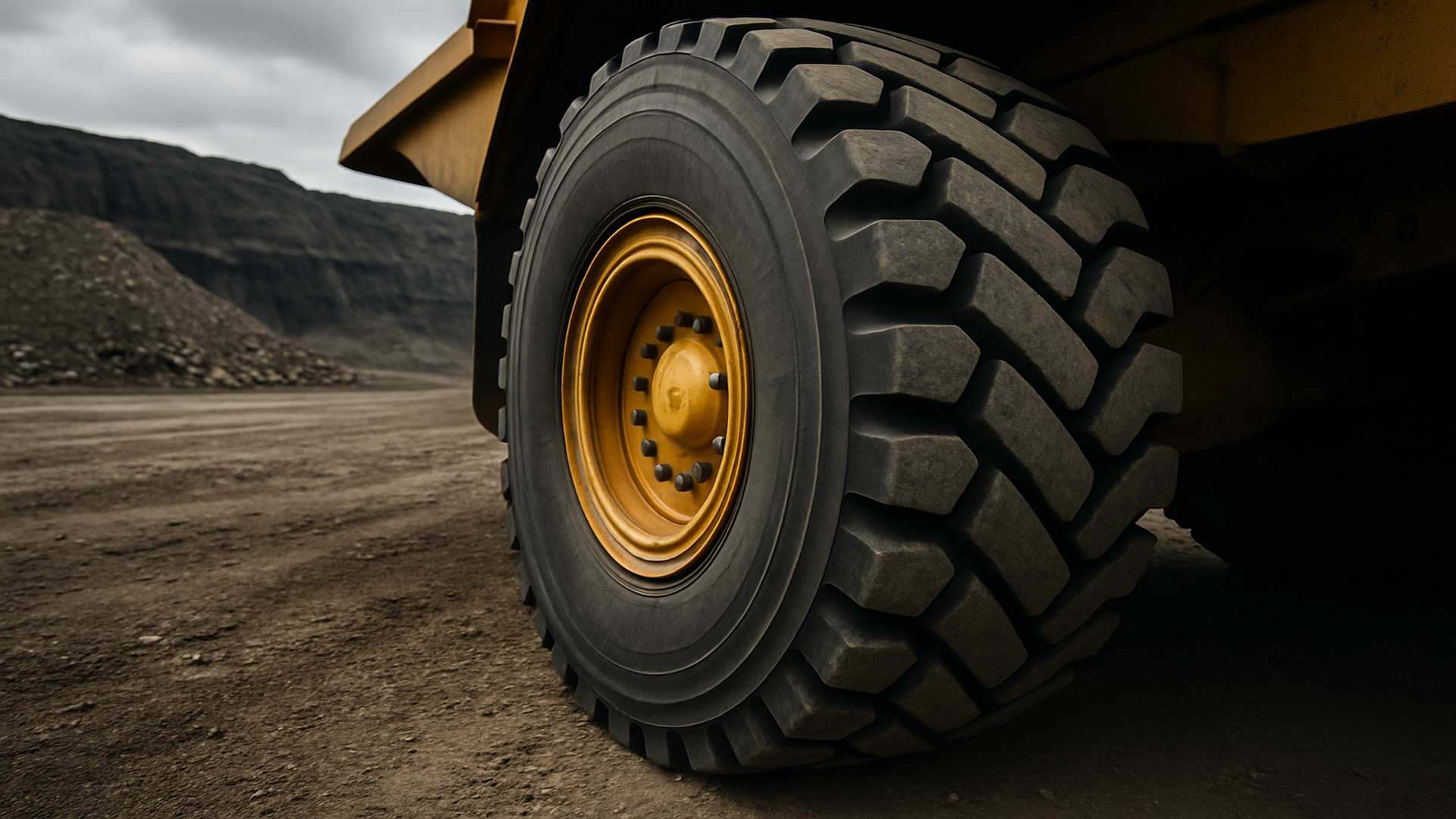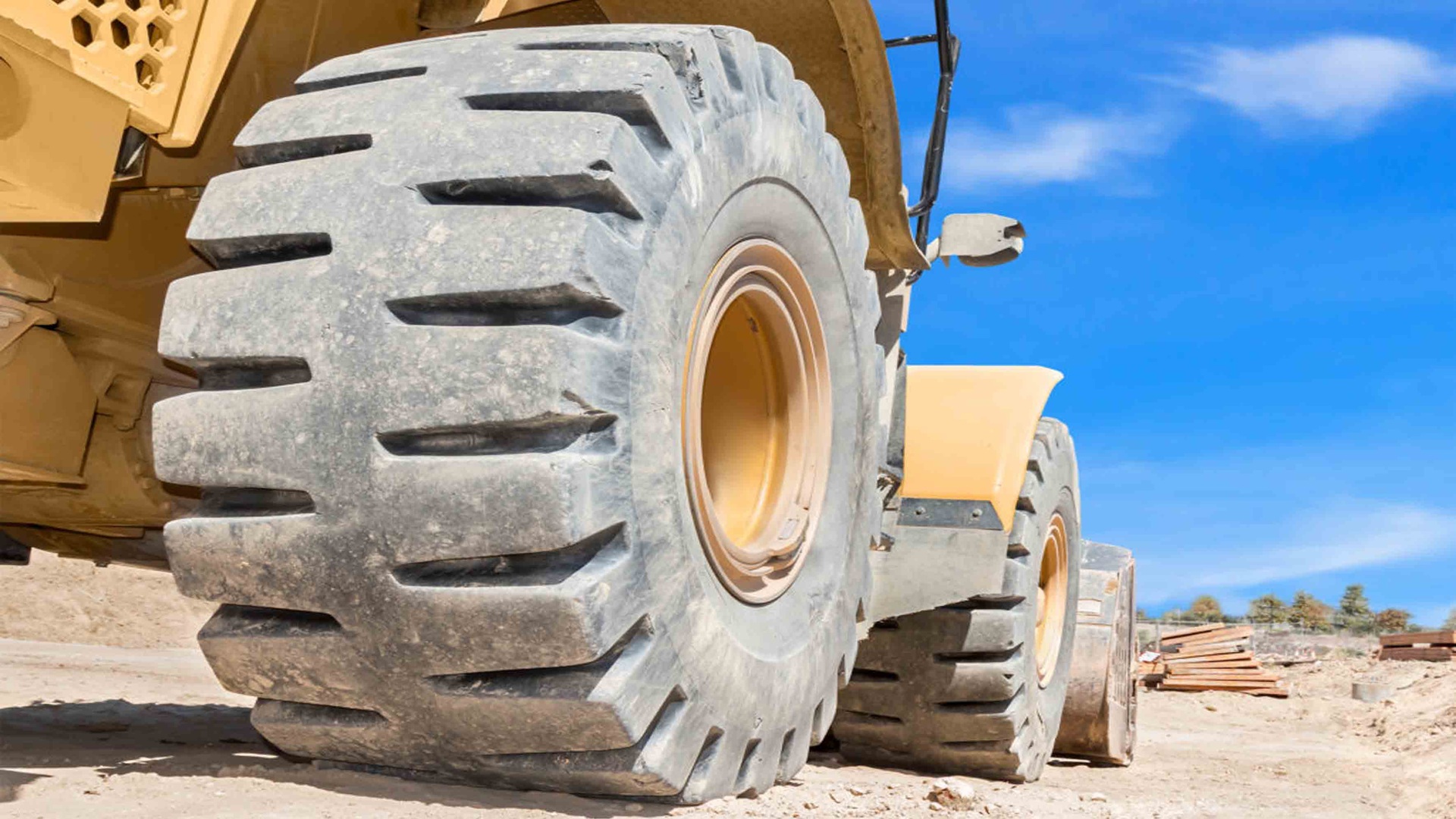Australia’s economy has been substantially driven by its robust mining sector, which has undergone significant evolution since the pivotal 1850s gold rush. Today, the industry makes a considerable contribution to the nation’s GDP, accounting for approximately 13.6% in 2023. However, this vital sector is now confronted with a pressing sustainability challenge: the environmentally responsible management of Off-The-Road (OTR) tyres. Given the existing stringent ban on exporting used OTR tyres, Australia is compelled to rapidly develop and implement effective domestic recycling infrastructure to mitigate this mounting environmental concern.
Reports from the Tyre Stewardship Australia (TSA) indicate that Australia alone generates an estimated 130,000 tonnes of end-of-life OTR tyres annually, with the mining sector responsible for approximately 79% of this total. Unlike passenger vehicle tyres, these colossal units can weigh up to 3.8 tonnes each and are engineered for extreme durability in mining, construction, and agricultural operations. Mining tyres are composites of rubber, steel, and fabric—materials built to endure harsh conditions but inherently difficult to recycle.
Alarmingly, only around 10% of these tyres are currently reclaimed, while the remaining 90% are either buried or accumulated at remote mining and agricultural sites. These conventional disposal methods are environmentally and economically unsustainable, frequently leading to long-term ecological damage and squandered opportunities for material reclamation and repurposing. As these tyres reach the end of their operational lifespan, their responsible management emerges as a critical environmental issue. Fortunately, advancements in OTR tyre recycling technology are paving the way for a more sustainable future for the sector.
Critical Challenges in Mining’s OTR Tyre Waste Management
The sustainable disposal of mining tyres is hampered by several fundamental obstacles, including:
- Magnitude and Volume: OTR tyres are not only physically immense but are also produced and discarded in significant quantities. Their size and mass present logistical hurdles for collection, storage, and transport, particularly in isolated areas.
- Material Complexity: OTR tyres are engineered to withstand the rigors of heavy-duty application and they are built combining high-strength rubber, steel reinforcements, and synthetic fabrics. While these OTR tyres ensures long-lasting performance but it also presents significant challenges when it comes to disassembly and recycling through conventional methods like conventional methods like shredding, crushing, or simple mechanical separation.
- Geographic Remoteness: Many mining operations are situated in geographically isolated and hard-to-reach regions. Transporting end-of-life tyres from these locations to centralized recycling facilities substantially increases operational costs and carbon emissions, often discouraging proactive recycling initiatives.
- Environmental Implications: Improper disposal practices such as landfilling or on-site burial can have severe environmental consequences, including the leaching of contaminants into soil and groundwater, habitat disruption, and the creation of long-term fire hazards. These methods also delay the potential to recover valuable materials, effectively shifting the environmental burden to future generations.
To overcome these challenges, the industry has introduced specialized machinery and processes specifically engineered for the efficient recycling of OTR (Off-the-Road) tyres:
- De-beading: The recycling process commences with de-beading, which involves extracting the steel bead wire from the tyre. This step facilitates the separation of metal components from the rubber, making the material easier to process in subsequent stages.
- Tyre Shearing: Following de-beading, the tyre is cut into smaller, more manageable pieces using powerful hydraulic shears. This stage is crucial for handling the considerable size and density of large OTR tyres.
- Shredding: After shearing, the tyre pieces undergo shredding to further reduce their size. This critical step transforms the rubber into smaller fragments, making it suitable for various recycling applications such as Tyre Derived Fuel (TDF), landscaping and playgrounds, Civil Engineering Applications, raw materials for producing pyrolysis oil, Crumb rubber-modified bitumen (CRMB) in road construction, and more. Fornnax provides advanced European grade shredders capable of efficiently processing large volumes of tyre material, irrespective of size and quantity.
Fornnax’s robust OTR tyre recycling machine for Australia operates through three primary stages:
- Stage 1: Primary Shredding – Produces uniform shreds ranging from 50 mm to 150 mm.
- Stage 2: Secondary Shredding – Converts the primary shreds into smaller 20–30 mm steel-free chips, also known as rubber mulch.
- Stage 3: Granulation – Reduces rubber mulch into finer granules while separating approximately 50% of the textile content and delivers 0.8–4 mm rubber granules by removing the remaining textile and steel, achieving up to 99.9% purity.
In today’s landscape, where sustainability is not just a choice but a necessity, the recycling of OTR mining tyres presents a promising opportunity for Australian tyre recyclers. Backed by the Australian government’s proactive initiatives such as gate fees and collection fees are actively driving responsible disposal and recycling efforts for these giants that often ends up in lanfill. These measures encourage businesses to prioritize environmental accountability while unlocking financial incentives for investing in advanced recycling solutions.
At the forefront of this innovation, Fornnax delivers cutting-edge OTR tyre recycling solutions designed to tackle the mining industry’s most complex challenges. With over a decade of expertise, Fornnax provides high-performance equipment capable of processing large volumes of mining tyre waste while ensuring maximum purity in recovered materials.
Our high-capacity OTR tyre recycling plant not only facilitates the efficient recovery of valuable resources like steel, rubber, and textiles but also plays a vital role in environmental preservation and regulatory compliance. Get in touch with us to explore how our tyre recycling solutions specially catered for Australian recycling market can drive sustainability in mining tyre recycling.

